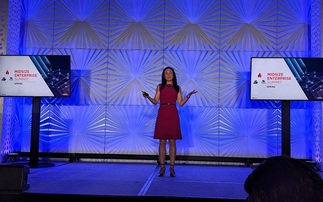TIBCO CTO Matt Quinn: control of technology is moving away from CIOs and towards marketing
The Internet of Things and the increasing number of web-integrated devices that comes with it will eventually see control of enterprise technology - particularly big data and analytical tools - shi...
To continue reading this article...
Join Computing
- Unlimited access to real-time news, analysis and opinion from the technology industry
- Receive important and breaking news in our daily newsletter
- Be the first to hear about our events and awards programmes
- Join live member only interviews with IT leaders at the ‘IT Lounge’; your chance to ask your burning tech questions and have them answered
- Access to the Computing Delta hub providing market intelligence and research
- Receive our members-only newsletter with exclusive opinion pieces from senior IT Leaders






















